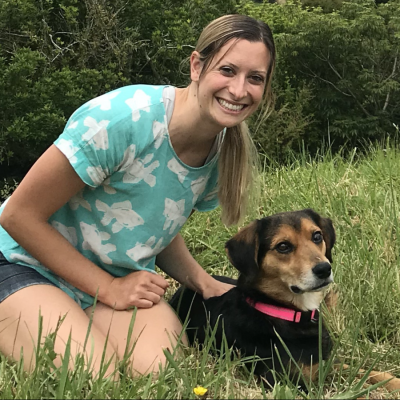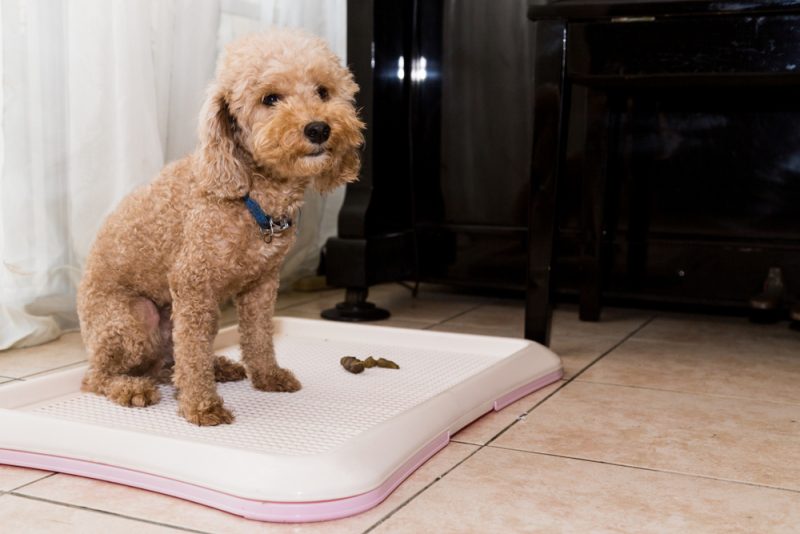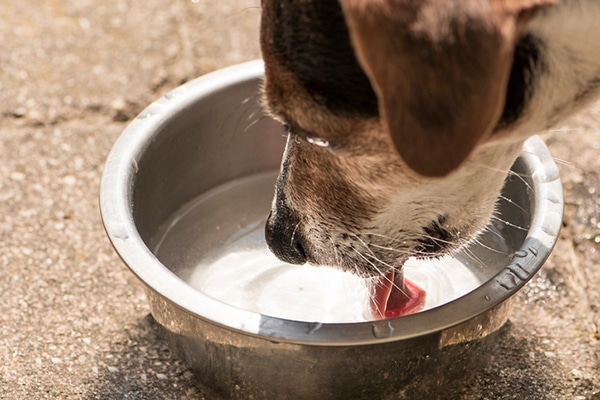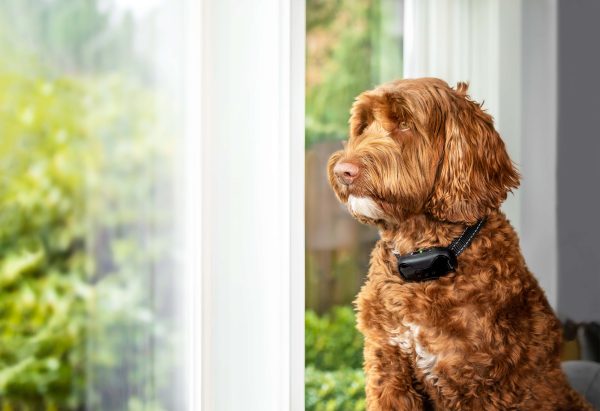There are countless opportunities to bond with our dogs during the day, and not all require you to go out of your way. If you’re putting in the playtime, walks, and training effort, it isn’t too much to ask your dog to get on your level now and then.
Movie time is the perfect opportunity! When the day winds down, snuggling with your dog and watching a canine-friendly film is a bonding experience you can both enjoy.

How Are Dog Movies Classified?
Dogs appear as background characters and stars in almost any genre, so you shouldn’t have trouble finding your preferred movie style. Still, you have to consider what your dog might like. Sure, a horror movie like Cujo or Man’s Best Friend may be right up your alley, but you don’t want to give your dog anxiety (or any bad ideas).
Instead, stick with classic buddy comedies, sentimental dramas, and exciting action and adventure flicks where your dog can see themselves as the hero. Here’s a look at some of the top movies dogs like to watch you’ll surely love.
Top 15 Movies Dogs Like to Watch
1. Homeward Bound: The Incredible Journey
- Featured Breeds: American Bulldog, Golden Retriever
Here are the ultimate buddy movies and a real nostalgia trip for many adult dog owners. Homeward Bound and its sequel, Homeward Bound II: Lost in San Francisco, are remarkable films full of excitement, suspense, and laughs.
They follow a goofball American Bulldog called Chance, a wise Golden Retriever named Shadow, the aptly named Sassy, and a sarcastic Himalayan cat named Sassy as they try to reunite with their owners.
2. 101 Dalmatians
- Feature Breeds: Dalmatian, German Shepherd, Scottish Terrier, Bloodhound, Rough Collie, Old English Sheepdog
Dalmatians got top billing in the Disney classic featuring a family of pups battling the wicked Cruella DeVil, but several breeds enjoy representation in the original animated version and live-action remakes.
We can’t forget the German Shepherd starring in the puppies’ favorite action show, The Adventures of Thunderbolt, or the team that rescued the dogs that featured a Great Dane, a Bloodhound, and several Terriers.
3. Lady and the Tramp
- Featured Breeds: Cocker Spaniel, Schnauzer, Scottish Terrier, Bloodhound, mixed breed
This Disney favorite got the live-action treatment in 2019, giving you a few ways to digest this enduring treasure. Though it features a parade of purebreds, the mixed breeds are the true stars, making this a perfect movie to celebrate the magnificent mutt in your life.
4. A Dog’s Purpose
- Featured Breeds: Golden Retriever, German Shepherd, Pembroke Welsh Corgi, mixed breed
A Dog’s Purpose (2017), based on the 2010 novel, follows a single dog through several reincarnations as he seeks to find the meaning of his life. With each rebirth, a new breed takes the starring role, including a Red Retriever, a Corgi, and a St. Bernard/Australian Shepherd mix.
If you loved A Dog’s Purpose, you and your dog will be glad to know there’s more where that came from. A Dog’s Journey came out 2 years after the original film, picking up right where we left Bailey.
The faces are new, but the story is familiar in this tale of our hero’s passage through several incarnations as he realizes his purpose with the next generation.
5. Air Bud
- Featured Breeds: Golden Retriever
The sports story Air Bud captivated audiences upon its release in 1997, giving us a renewed appreciation for the Golden Retriever.
The title hero wore many hats over the years, but none of his adventures compares to his first forays into basketball stardom.
6. Strays
- Featured Breeds: Border Terrier, Boston Terrier, Australian Shepherd, Great Dane
Fans of raunchy, late-night comedies will enjoy Strays, the 2023 film that turns the Homeward Bound story on its head. Rather than trying to reunite with a loving family, the main character, Reggie, a Border Terrier, embarks on a quest to get his revenge on an abusive owner.
While it isn’t for the kids, your pup is likely old enough (at least in dog years) to share in the hilarity.
7. Marley & Me
- Featured Breeds: Labrador Retriever
Another movie based on a book, Marley & Me, is full of heart, drama, and laughs. Owen Wilson and Jennifer Aniston star in this story of a Labrador Retriever growing up with a growing family and all the challenges and inspiration he provides.
Keep the tissues handy because this heartwarming hit takes you on an emotional rollercoaster ride.
8. Cats and Dogs
- Featured Breeds: Beagle, Bloodhound, Anatolian Shepherd Dog, Saluki, Collie, Doberman Pinscher, Mini Pinscher
Cats and Dogs validate what you and your dog have likely suspected for some time: cats are evil and trying to take over the world. In this family-friendly comedy, our canine protagonists attempt to thwart the megalomaniacal plans of Mr. Tinkles, a flat-faced Persian cat.
Numerous breeds play a part in the fight, including a Beagle, a Bloodhound, and several Dobermans.
9. Max
- Featured Breeds: Belgian Malinois
Max tells the tale of a dog that becomes a hero in every sense of the word. After losing his handler in combat, a military dog returns home to live with his former owner’s reluctant little brother.
It’s another heartrending modern-day classic, and the story of unconditional love and loyalty will undoubtedly bring you and your dog closer together.
10. The Secret Life of Pets
- Featured Breeds: Jack Russell Terrier, Newfoundland, Pomeranian, Dachshund, Pug, Basset Hound
Adults, children, and dogs alike will love this inner look at how our household pets operate when we turn our backs. Follow Max and company on a winding tale of insane journeys and misadventures that’ll have you laughing from start to finish.
And if the first film leaves you wanting more, make it a movie marathon by following up with The Secret Life of Pets 2, featuring Harrison Ford as a Welsh Sheepdog.
11. Turner and Hooch
- Featured Breeds: Dogue de Bordeaux
The buddy dog-and-cop movie certainly had its heyday, arguably reaching its pinnacle with 1989’s Turner and Hooch. Tom Hanks was at his comedic best, and the Dogue de Bordeaux portraying the rowdy and righteous Hooch was that one-in-a-million star that could make any movie an instant hit.
12. Isle of Dogs
- Featured Breeds: Oceanic Speckle-Eared Sport Hound, Pug, Alaskan Husky, mixed breed
Doghouse meets arthouse in the stylish, thought-provoking, and beautifully written stop-motion film Isle of Dogs. But what else would you expect from director Wes Anderson? Rich in political subtext, the overarching story is a comedic and touching tale of a young boy’s search for his dog.
13. Old Yeller
- Featured Breeds: Mixed breed
Old Yeller, premiering in 1957, is the original tear-jerker and is a timeless tale of a boy and his dog. Fun fact: While the novel described the title character as a yellow Cur, the movie adaptation employed a Labrador Retriever/English Mastiff mix.
The name Old Yeller comes from the characters’ pronunciation of “yellow” and the sound the dog made when he opened his mouth.
14. Beethoven
- Featured Breeds: Bernard
The slobbering, 185-pound St. Bernard in Beethoven may have wrecked his owner’s house, but his virtuous nature was more than enough to beat the baddies and win everybody’s affection.
He also turned out to be a favorite for audiences, and the 1993 family comedy spawned countless sequels.
15. Hotel for Dogs
- Featured Breeds: Jack Russell Terrier, Boston Terrier, English Mastiff, English Bulldog, Border Collie
Practically every dog breed found a room in the Hotel for Dogs. The 2009 family comedy starring Emma Roberts featured two siblings living with pet-hating foster parents who found an abandoned hotel to house their secret pet and his canine companions.

Summary
Break out the popcorn and the doggie treats; it’s time to unwind with your best friend. Hollywood has given us plenty of material for every taste and every breed, affording owners of all kinds a new chance to spend meaningful time with their pups.
Get started with this list of movies dogs love, and make movie night part of your routine today.
See also:
- 7 Dogs in TV Commercials Who’ve Pushed Cereal
- Is Watching Dog Videos Good for You? (What Science Says!)
Featured Image Credit: yousafbhutta, Pixabay




















